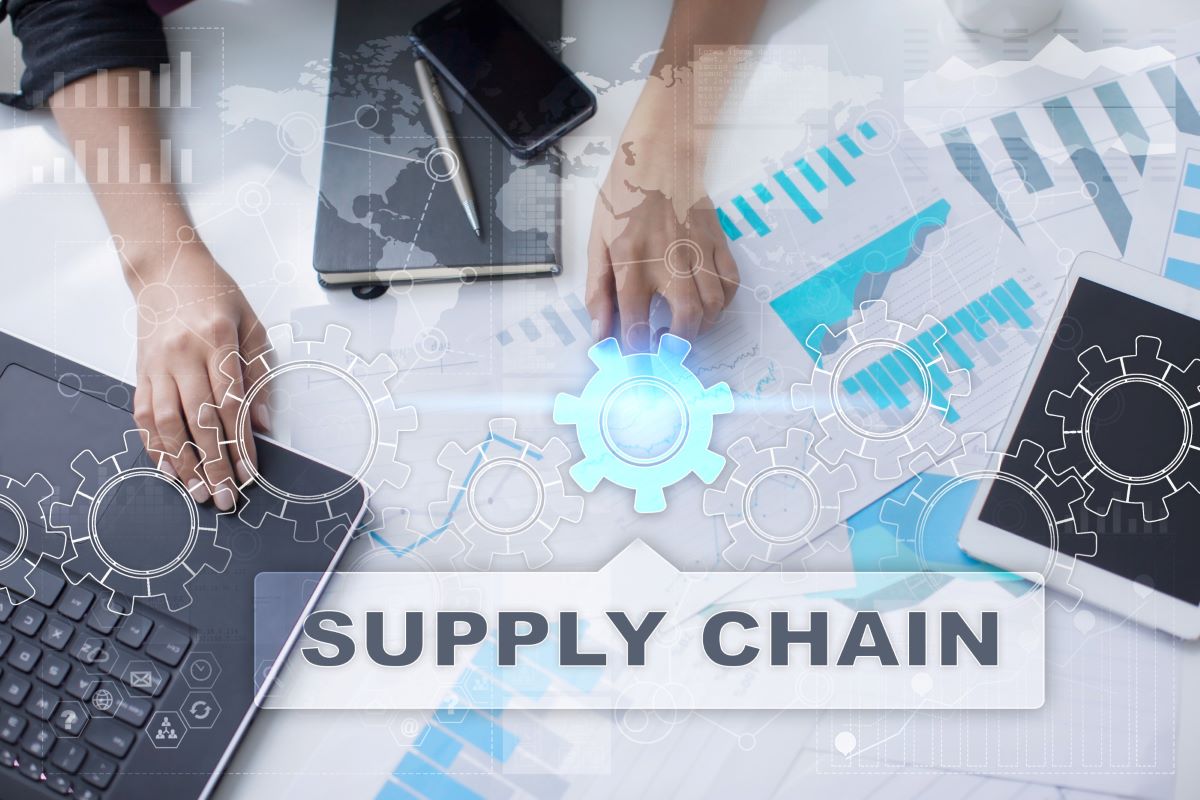Great Skills To Learn When You’re Working

It’s possible to learn hundreds, possibly thousands, of skills, but not all of them will be as useful to you. As a working professional, it’s important that you obtain the ideal skills that will help you learn more about yourself and provide you with the best opportunity for a successful career. Read on to find out more.
Learn A New Language
If English is your first language, you may believe that learning another is a waste of time. After all, most people from other countries understand English, so why bother? The truth is that, apart from being a talent that companies value, learning a new language can help keep your brain more nimble. It’s not a simple chore, and the older we grow, the more difficult it gets. If you can set out to learn a whole new language, you’ll be keeping your brain in excellent shape, which should assist in preventing illnesses like dementia. And remember, it’s actually very impolite to assume someone will speak English; even if it seems as though everyone can, that’s not the attitude to have (and it’s not the reality either).
Furthermore, if you work in business, learning a new language may well be helpful. Employers often want people who can stand out, and possessing a second language would undoubtedly help you do so.
Take A Business Class
Learning more about business is always beneficial, whether you’re an employee, an employer, or a sole trader. In today’s fast-paced corporate environment, it can be challenging to keep up with new ideas and trends. A business class will give you a better understanding of what’s going on in the world, and you’ll be able to improve your own talents at the same time.
You can take as many courses as you want at any level. A university MBA, for example, or attending a conference where someone you like gives a session are two options. Plus, there are plenty in between, including how to learn Forex trading and other valuable skills for life as well as business. Work out what’s best for you and take charge of your life by doing it.
Work On Communication Skills
If there’s one thing employers look for, it’s solid verbal and written communication skills. You’ll need to speak to a wide range of individuals in your daily working life: from customers/clients to suppliers, colleagues, and supervisors. It’s a talent that not everyone possesses, but there are various techniques to learn to become a better communicator, which will have a profound impact on your personal and professional life.
A public speaking coach might help you achieve greater self-assurance in this regard. You don’t have to become a public speaker – though it may be a profitable career move if you do – but possessing the necessary abilities and using them in your profession and everyday life will benefit you greatly.

 Productivity is a critical element in the growth of your business. Realizing enhanced efficiency requires observing various aspects, including workforce management, resource distribution, and excellent workforce planning. You’ll need to align your workforce to match your business culture, strategy, and objectives. Notable benefits come with a superb
Productivity is a critical element in the growth of your business. Realizing enhanced efficiency requires observing various aspects, including workforce management, resource distribution, and excellent workforce planning. You’ll need to align your workforce to match your business culture, strategy, and objectives. Notable benefits come with a superb 

